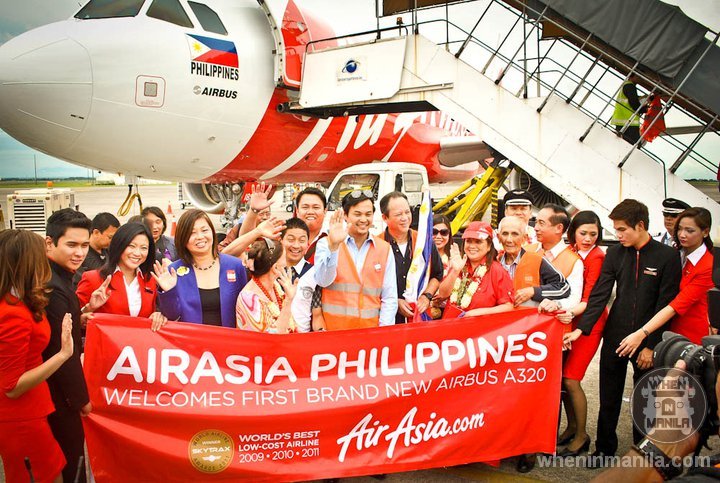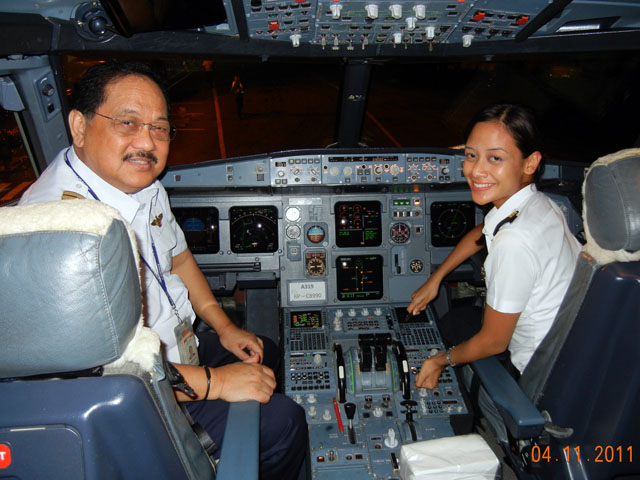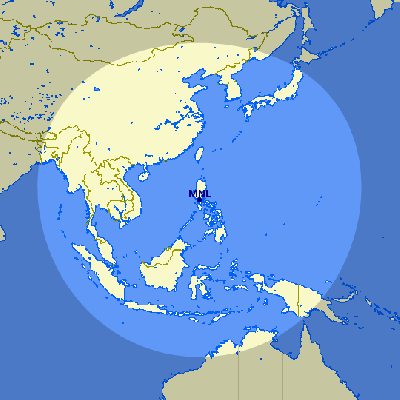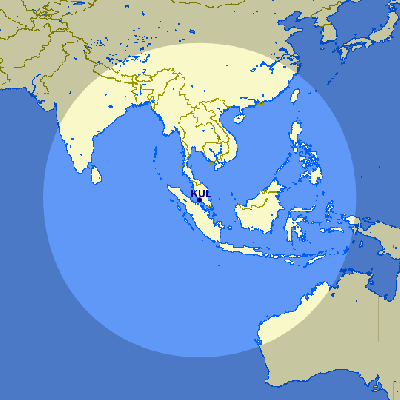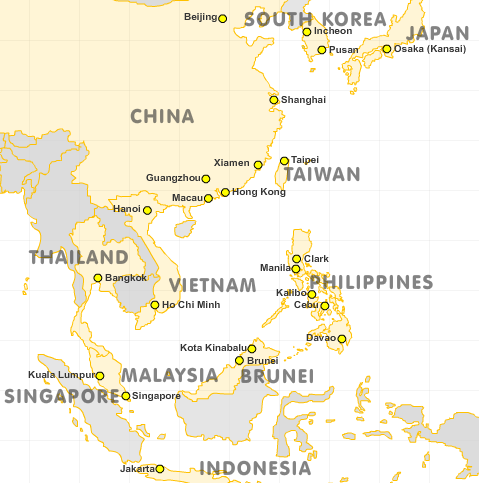Flies March 28
February 28, 2012
AirAsia Philippines on Tuesday announced it will begin flights on March 28, giving almost free fares to its first 20,000 passengers to Kalibo and Davao.
The no-frills budget airline said the fare of P275 is for a one-way ticket and already includes taxes. The seat sale is actually a zero-fare promo with the seat totally free and the guest is actually paying only P275 to cover the fuel surcharge, processing fee and government mandated fees such as aviation security fee and VAT, said AirAsia Philippines in a statement.
Kathleen Tan, regional head of the AirAsia commercial plane fleet, said they had ferried at least 2 million passengers with AirAsia Berhad, the Malaysia-based mother company which began its operations at Clark in 2005 offering flights to Kuala Lumpur and Kota Kinabalu in Malaysia.
Tan said they will utilize their two brand-new Airbus 320 for twice-a-day flights to Bangoy International Airport in Davao and Kalibo International Airport via the Clark International Airport.
Marianne B. Hontiveros, AirAsia Philippines’ president and chief executive, said in a briefing that the company has submitted applications to Singapore, Malaysia, China, Thailand, Hong Kong and Macau for airport slots and flight permits two weeks ago,
“I think it would take two to six months,” she said.
“For instance, it would depend on the diplomatic agreement between countries,” she added. Flights will be immediately launched should papers be completed, Ms. Hontiveros said.
The company fulfilled additional requirements imposed by the Philippine Civil Aviation Regulator (CAAP) such as data on its aircraft, proposed initial training for crew, documentation of maintenance system, among others.
The no-frills budget airline said the fare of P275 is for a one-way ticket and already includes taxes. The seat sale is actually a zero-fare promo with the seat totally free and the guest is actually paying only P275 to cover the fuel surcharge, processing fee and government mandated fees such as aviation security fee and VAT, said AirAsia Philippines in a statement.
Kathleen Tan, regional head of the AirAsia commercial plane fleet, said they had ferried at least 2 million passengers with AirAsia Berhad, the Malaysia-based mother company which began its operations at Clark in 2005 offering flights to Kuala Lumpur and Kota Kinabalu in Malaysia.
Tan said they will utilize their two brand-new Airbus 320 for twice-a-day flights to Bangoy International Airport in Davao and Kalibo International Airport via the Clark International Airport.
Marianne B. Hontiveros, AirAsia Philippines’ president and chief executive, said in a briefing that the company has submitted applications to Singapore, Malaysia, China, Thailand, Hong Kong and Macau for airport slots and flight permits two weeks ago,
“I think it would take two to six months,” she said.
“For instance, it would depend on the diplomatic agreement between countries,” she added. Flights will be immediately launched should papers be completed, Ms. Hontiveros said.
The company fulfilled additional requirements imposed by the Philippine Civil Aviation Regulator (CAAP) such as data on its aircraft, proposed initial training for crew, documentation of maintenance system, among others.













